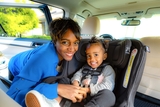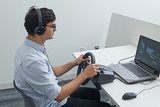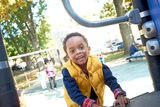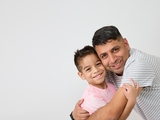Injury Prevention Program

The Injury Prevention Program at Children’s Hospital of Philadelphia (CHOP) is dedicated to keeping children and families safe. Our program empowers parents and caregivers with practical knowledge to reduce preventable injuries. We also offer community programs and safety devices to increase safety practices in the community. Our goal is to ensure a safe environment that keeps your family healthy and happy!

Car seat checks
Not sure if your child’s car seat is installed correctly, or need help installing it? Find a car seat inspection station where a trained technician can assist you.

Our team
Our team includes registered nurses and certified health education specialists who are experts in injury prevention.

Family resources
We’ve put together this list of helpful resources to keep your child safe at home and on the road.

Research studies
Our research studies help us gather reliable data that will shape future programs and serve more families like yours.

News and updates
Our researchers and clinicians are constantly striving to improve the safety of children in our communities. Get the latest information.
Make a gift that matters to your family — and other families like yours — when you support the Injury Prevention Program.
